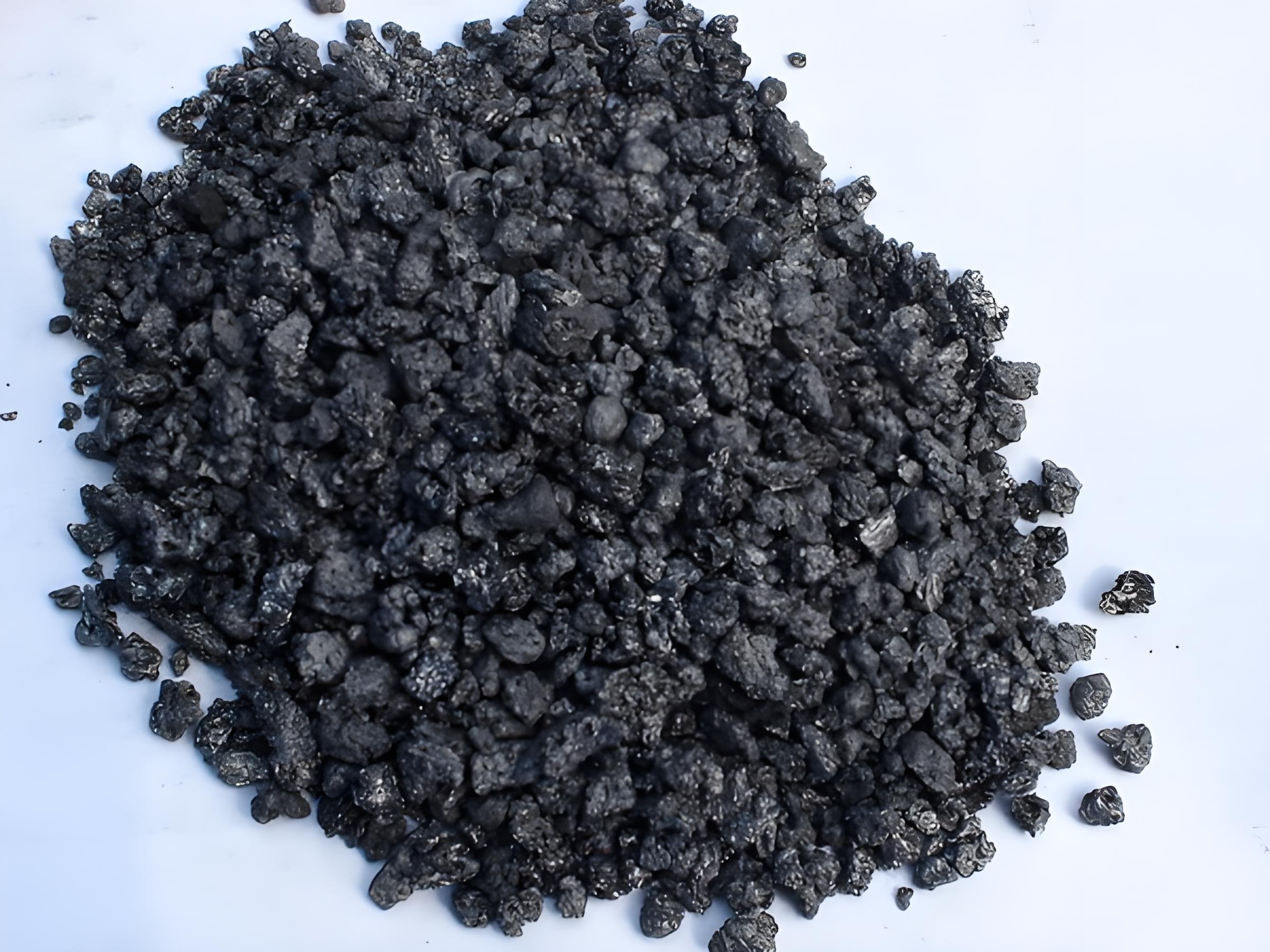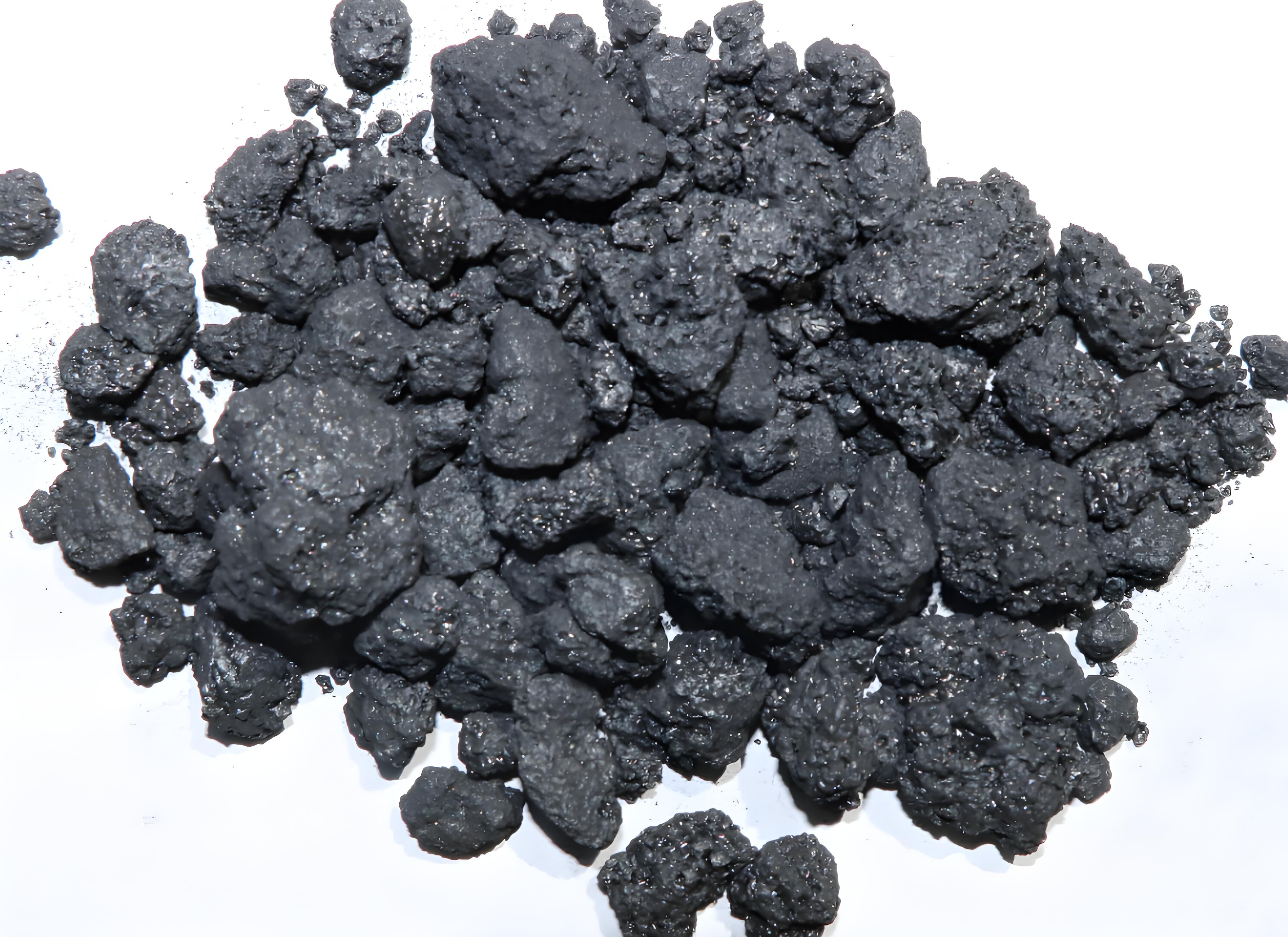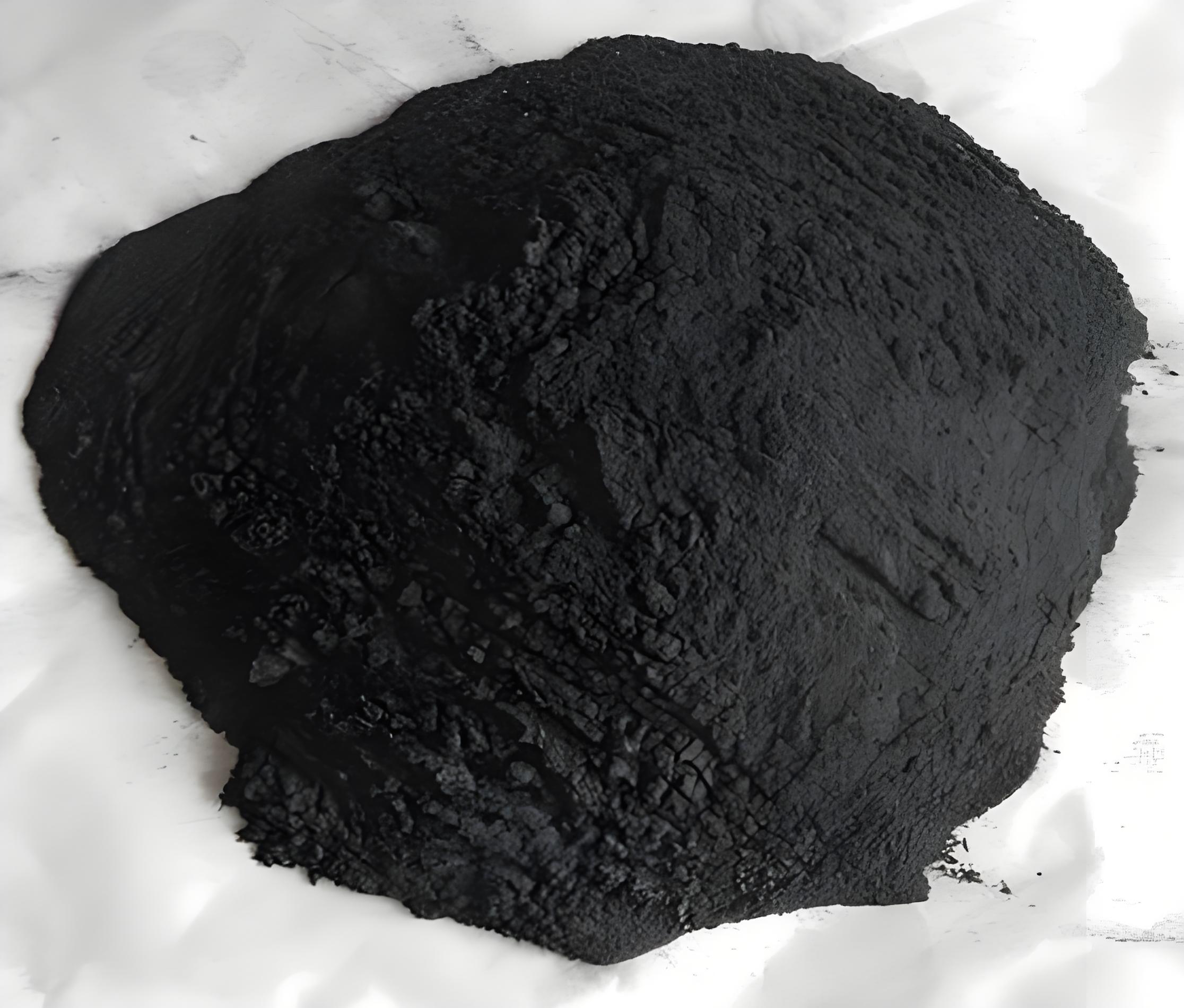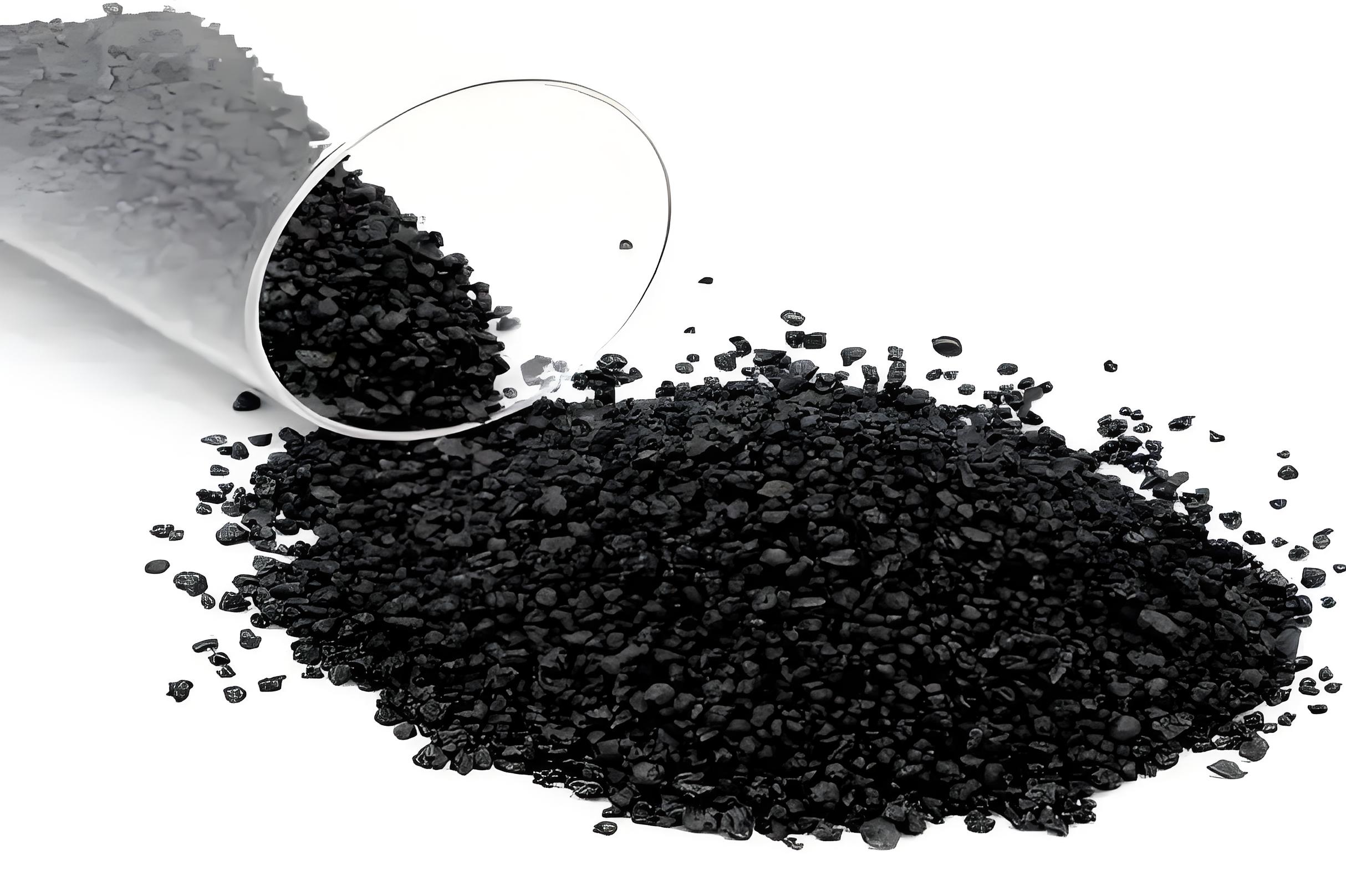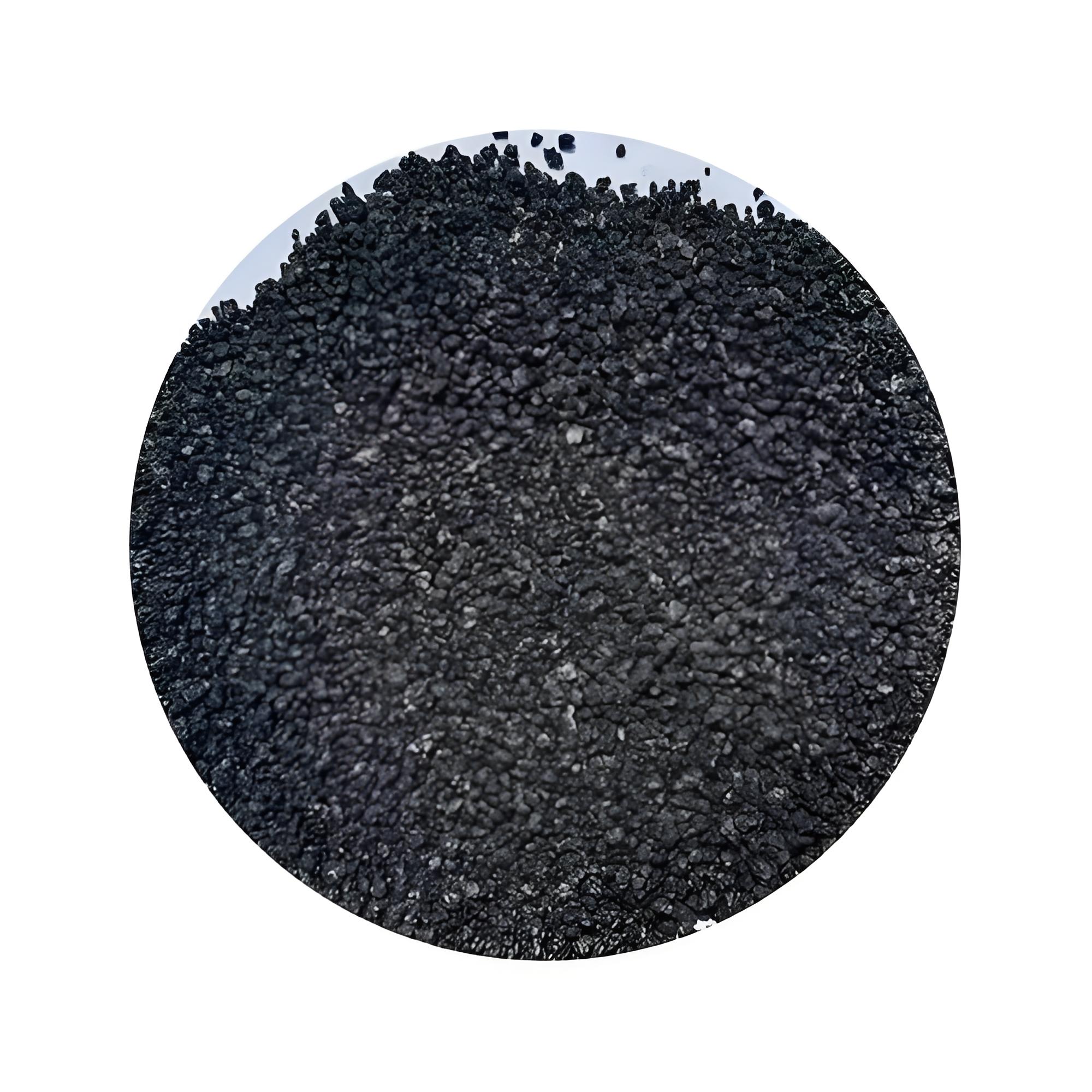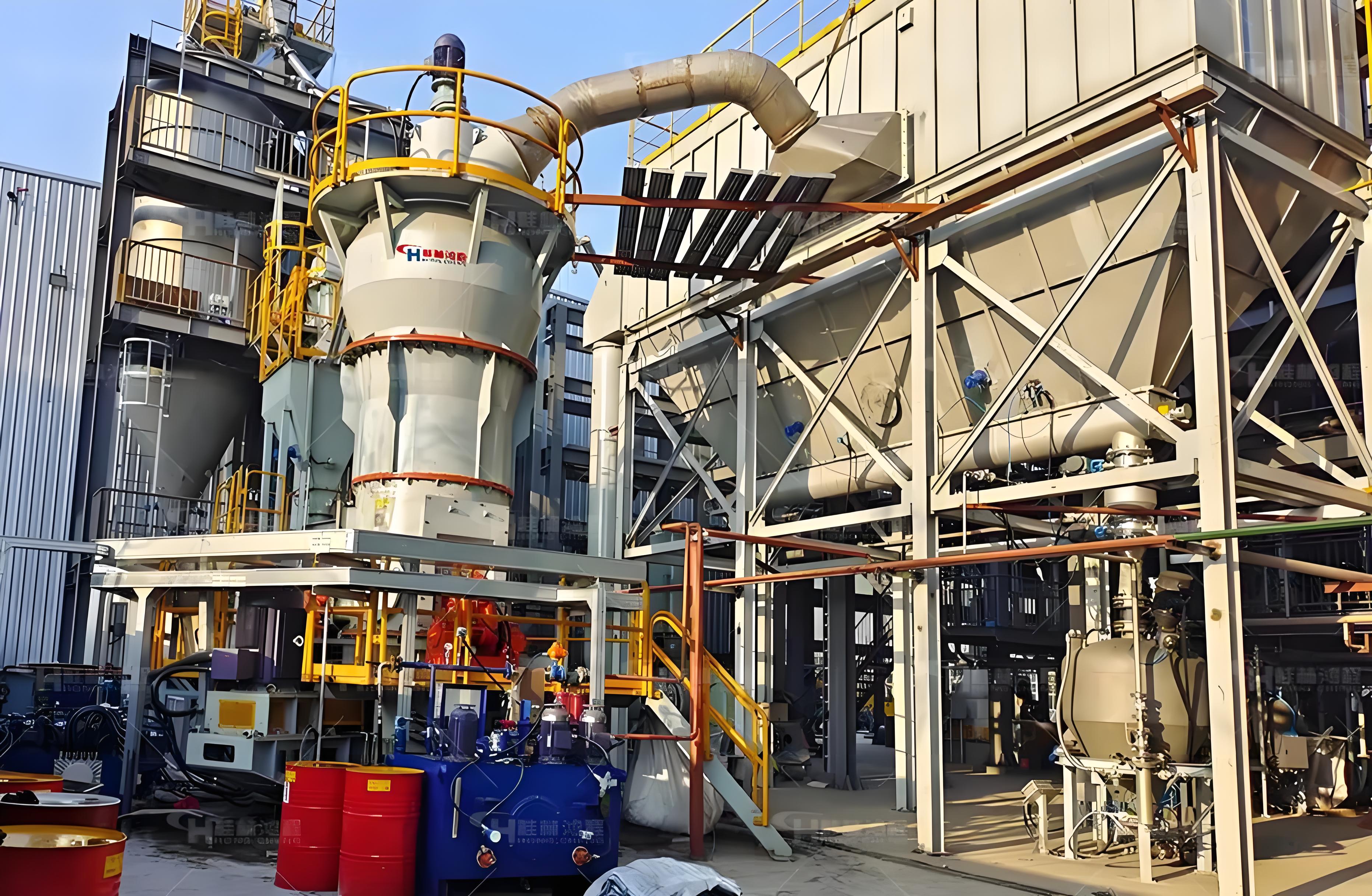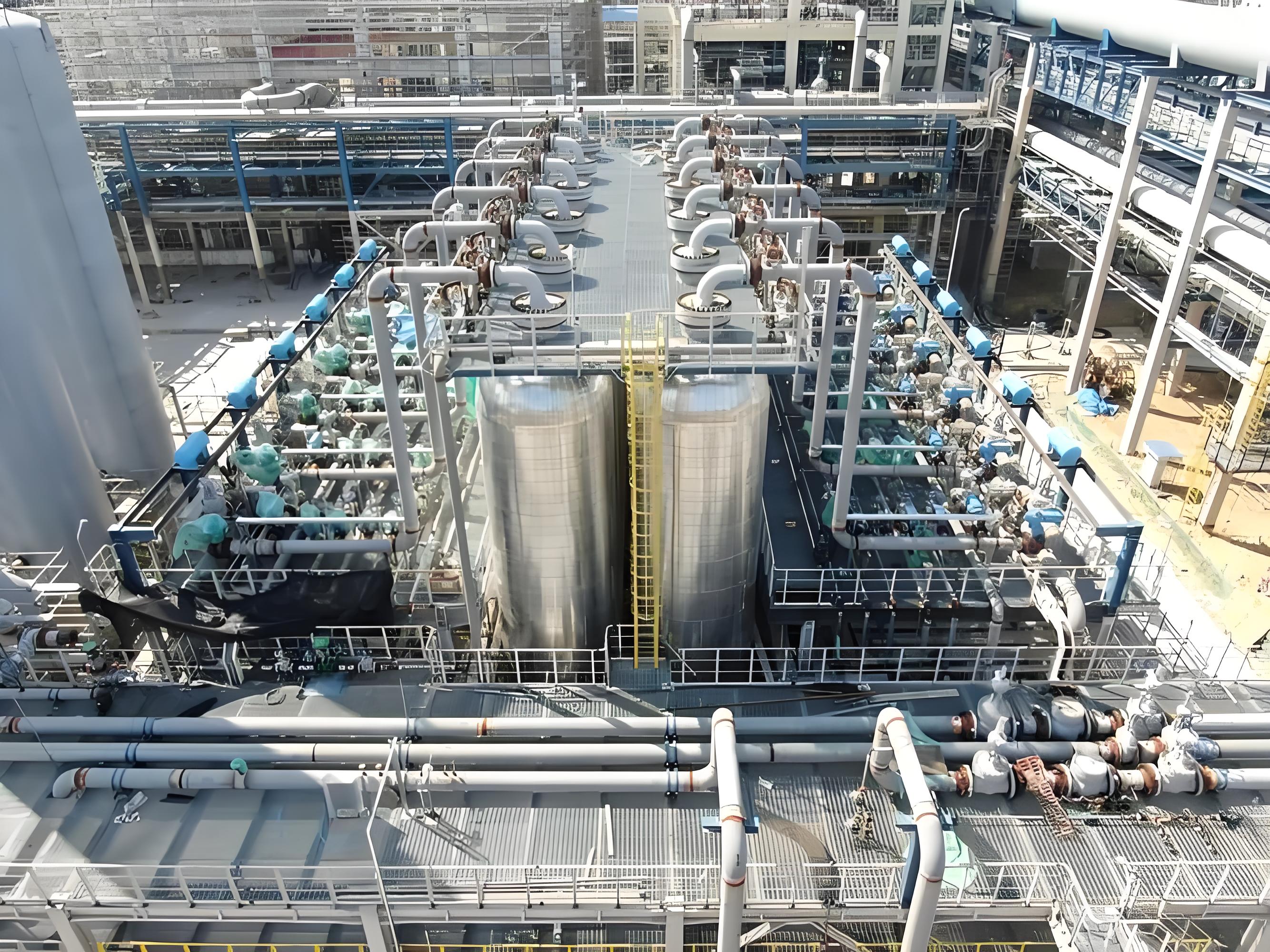Pneumatic conveying of petroleum coke
Shandong Dongkai can provide turnkey projects for the process demonstration, design, equipment production, equipment installation, and system commissioning of petroleum coke pneumatic conveying systems, based on the actual production and on-site layout of petroleum coke materials.
Petroleum coke is a product obtained by separating light and heavy oil from crude oil through distillation, and then converting heavy oil through thermal cracking. From the appearance, coke appears as irregularly shaped black blocks (or particles) of varying sizes, with a metallic luster. The particles of coke have a porous structure, and the main element composition is carbon, accounting for more than 80%, with hydrogen content of 1.5% -8%, and the rest being oxygen, nitrogen, sulfur, and metal elements.
Petroleum coke belongs to the category of easily graphitized carbon. Compared with metallurgical coke, the microcrystals of petroleum coke have relatively neat stacking between carbon grid flakes and smaller distances between flakes; At high temperatures of graphitization, the average grain thickness (Lc) and average width (La) of carbon grid flakes increase, and the interlayer spacing (d) of flakes decreases; (Figure 1) The lattice constants (a0 and c0) are close to natural graphite, with a significant decrease in resistivity and a corresponding increase in true density. So using petroleum coke as raw material can produce graphite electrodes with lower resistivity.
physical property:
Appearance: Black or dark gray hard solid, porous, with metallic luster, particle morphology including granular, columnar, or needle shaped.
Density and porosity: The true density is about 2800 kg/m ³, and porosity affects its reactivity and thermophysical properties.
Mechanical characteristics: High hardness, strong wear resistance, grindability coefficient similar to bituminous coal, but with a certain degree of viscosity.
chemical property:
Elemental composition: It contains 90-97% carbon, as well as hydrogen (1.5-8%), sulfur, nitrogen, chlorine, and trace metal elements (such as iron, silicon, calcium, etc.).
Influence of sulfur content: The sulfur content directly affects the use of coke. Low sulfur coke (sulfur content ≤ 0.5%) is suitable for manufacturing graphite electrodes, medium sulfur coke (sulfur content ≤ 1.5%) is mostly used for aluminum smelting, and high sulfur coke (sulfur content ≥ 2.0%) is often used as fuel or chemical raw materials.
Classification and standards:
Petroleum coke can be divided into four categories based on appearance and performance: needle coke (low sulfur high-quality coke), sponge coke (high sulfur ordinary coke), pellet coke (spherical), and fluidized coke (fine particles). Domestic production is mainly based on China's petrochemical industry standards (such as NB/SH/T 0527-2019), used for graphite electrodes, electrolytic aluminum anodes, etc.
